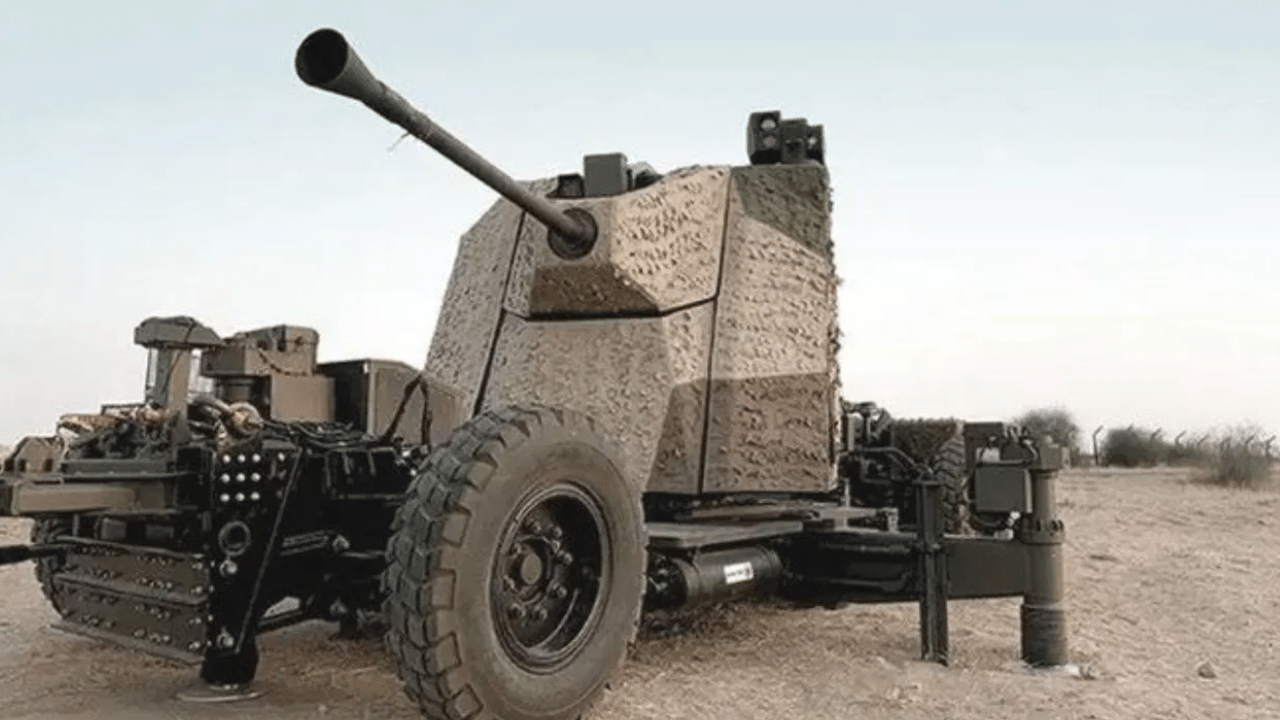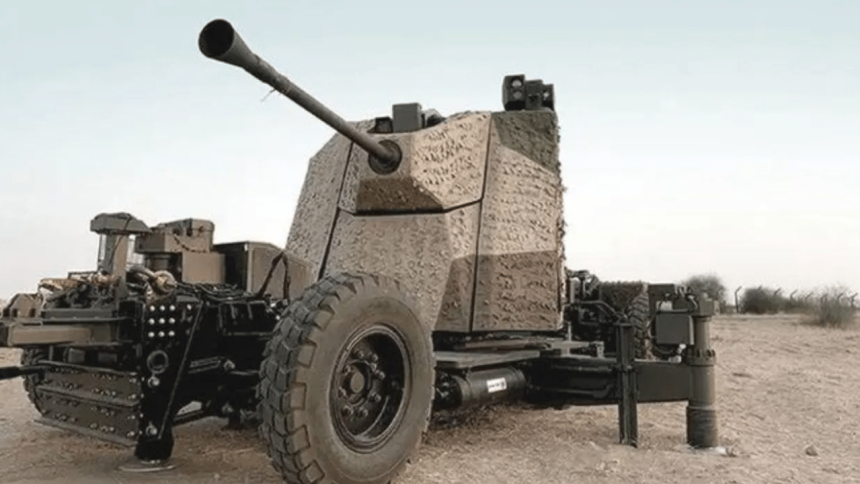
New Delhi: Over 50 drones were intercepted and shot down by Indian air defence units in response to an attempted drone intrusion along the border early on Friday morning. The drones were reportedly launched from across the border, shortly after India initiated a military operation named Operation Sindoor.
According to defence officials, India responded using anti-drone systems including the L-70 gun and ZU-23mm anti-aircraft systems. These systems are part of India’s standard air defence preparedness, especially in high-risk zones near the border. Both are capable of targeting low-flying aerial threats. These systems are known for their rapid-fire capabilities and radar-guided precision.
Features of L-70 gun
- The L-70 is originally a Swedish system, now upgraded in India with support from Bharat Electronics Limited (BEL).
- It has a firing rate of over 4,000 rounds per minute and an effective range of up to 4 kilometres.
- It is primarily used to intercept short-range drones and low-altitude air threats.
ZU-23mm anti-aircraft gun system
- The ZU-23mm was acquired from the former Soviet Union and later modified with updated technology.
- It includes an electro-optical fire control system, which allows it to detect and engage targets automatically.
- The system requires two operators and can also fire 4,000 bullets per minute, with effective range similar to the L-70.
- Its longer barrel supports more accurate long-distance engagement.
What are swarm drones?
The drones used in the attack were identified as swarm drones, a method involving multiple drones operating simultaneously. Swarm drone technology allows drones to approach a target from various directions, making interception more challenging.
Such drones are often used to target specific installations like radar systems, air defence equipment, or command centres. In this case, Indian forces reported successful interception before any such targets were hit.










